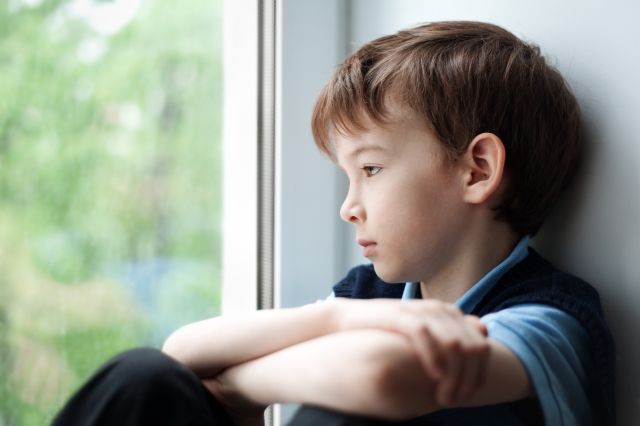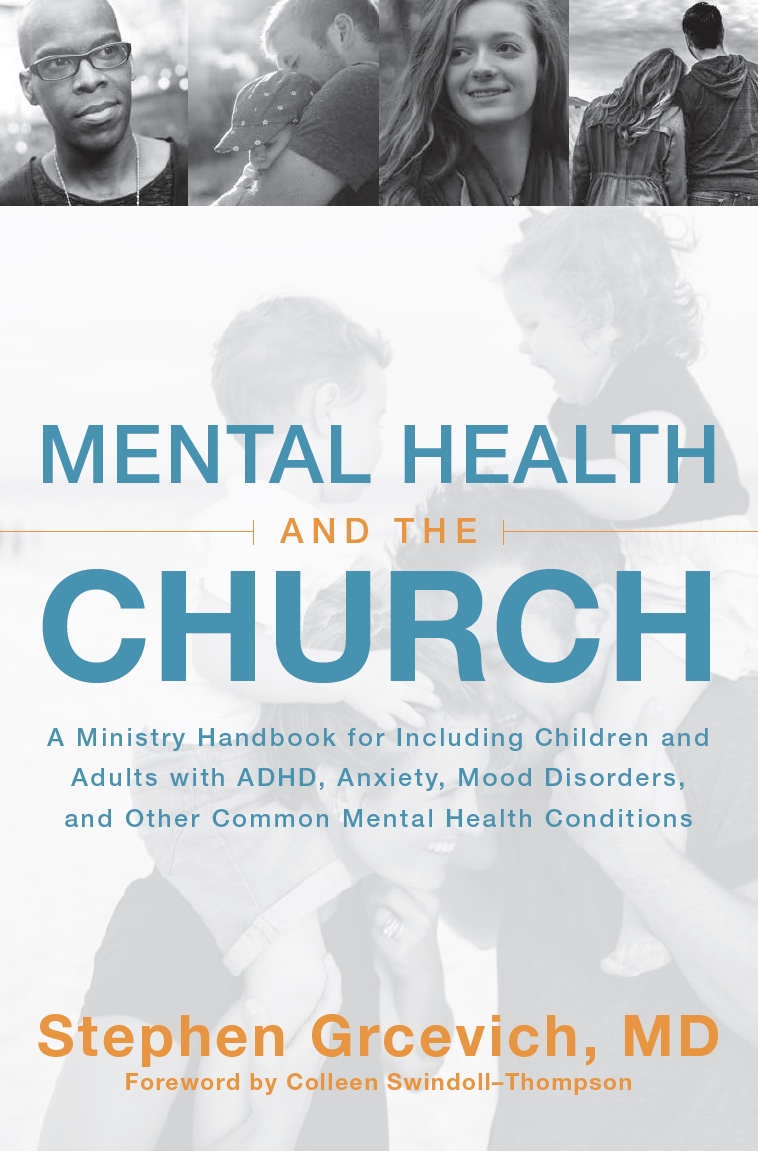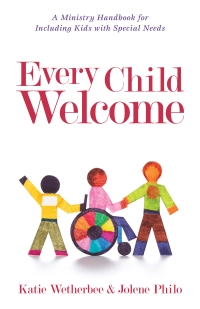
While much uncertainty remains about the status of sports and other extracurricular activities in our home region, most districts have announced back to school plans. Only 38% of Ohio students will be returning to school for full-time, live instruction as the new academic year begins. A quarter of all students will be 100% remote at the beginning of the year – disproportionately kids in urban school districts whose learning was most severely impacted when in-person instruction ended this past March. Others will be engaged in “hybrid models” in which they’ll attend school in person on select days of the week and engage in virtual learning from home on others. The bottom line is that over 60% of kids will be spending part if not all of their time at school online when classes start in the next few weeks.
We see kids with a wide range of presenting problems in our child and adolescent psychiatry practice. Some of our patients actually did better emotionally after schools closed last Spring. Kids with social anxiety were much happier when everyone was encouraged to stay at home and isolate themselves from others. Some patients with academic problems were happier because performance expectations went out the window in most school districts when the pandemic hit. Homework became optional and grading was often extraordinarily generous. School closures and social distancing reduced opportunities for the relationship drama that often leads to depression, self-injury and suicide attempts.
With that said, I’m anticipating the coming school year will be much, much worse when it comes to children, teens and mental health concerns. The reality is beginning to set in that the pandemic is going to be with us for a long time. Our practice expects many kids won’t set foot in a classroom for the entire school year. Parents and public officials are going to demand higher academic standards. We have no research on the impact of such prolonged school closures on an entire generation of kids. The strain on families to support their children’s education while maintaining their jobs will be immense – if they still have jobs. Consider the grief so many kids will experience this year – not simply the loss of family members to COVID-19, but grief from lost experiences. Opportunities to participate in sports, play the lead in the musical, go to homecoming or prom, visit prospective colleges, host or attend birthday parties or take school trips. Missing out on Sunday school, youth group, family vacations and time with grandparents. The list is endless.

Photo by Julia M Cameron from Pexels
Based upon my observations from thirty years as a child psychiatrist and experiences with kids and families, here are five groups of kids I’m most concerned about this school year.
Kids with OCD. My patients with OCD need to be busy. With greatly shortened school days, elimination of extracurricular activities and lack of access to friends they had far too much time to obsess on negative thoughts and fewer distractions from their perseveration. Many spiraled down into intense episodes of depression. Over 60% of teens with OCD will experience at least one episode of depression by age 18. I’m most concerned about suicide in my patients with OCD. They will likely require more aggressive treatment if in-person school and extracurricular activities are shut down for an extended time. Some patients who have responded well to therapy alone may need medication. Others may need more frequent or intensive therapy.
Kids with autism spectrum disorders. My patients with autism are most dependent upon an established routine. School is also essential for acquisition of social skills. Consider a few challenges students with autism will experience as school begins…
- Sensory issues with PPE – masks, shields and other protective equipment.
- Processing social cues when teachers and classmates are wearing masks.
- Getting adequate preparation for entering back into a very different school routine at a time when educators are still figuring out the school routine. Opportunities to visit schools and meet teachers prior to the first day of class and social stories will be especially important for successful transitioning.
They often experience challenges similar to kids with OCD with perseveration on negative thoughts when they have too much free time. Significant regression developmentally or more frequent or severe episodes of aggression are two signs that their educational and mental health treatment needs should be re-evaluated.
Kids with ADHD. Most of my patients with ADHD had significantly more difficulty maintaining focus for school on a computer screen last Spring than they did in a classroom. They’re exposed to far more potential distractions at home. Schools struggled to provide support with organization and planning remotely that many of our kids with ADHD and their families depend upon. More importantly, the structure (predictable expectations, rules and routine that enable them to devote more cognitive resources to important tasks at hand) they depend upon will be non-existent in too many school districts at the beginning of they year. Too much free time was a challenge for them back in April and May. Procrastination became a larger problem. With a shortened school day and no extracurricular activities many kids from our practice sensed less urgency to do homework at a specific time. Many struggled greatly with not knowing where to find their assignments or how to turn them in when the transition to online school took place.
Parents of kids with ADHD need to recognize that the treatment needs of their children may be very different if they’re attending school from home and are encouraged to discuss the issue with professionals serving their child. I have patients who will have different medication plans this fall for virtual school and in-person instruction because their needs are so different at home as opposed to a classroom.
Kids with dyslexia or other learning disorders. Without the one-to-one and small group instruction with specially trained teachers or private tutoring (where available and affordable), they’ll likely fall further behind their peers educationally and struggle more with self-confidence.
Kids with anxiety disorders. Children and adults with anxiety tend to overestimate the level of risk in new or unfamiliar situations – a situation that clearly applies this fall whether the child will be going back to a bricks and mortar school or doing school from home. The more kids can visualize of how school will be different this fall, through in-person tours, videos from teachers, and video or pictures of what to expect on the bus, during recess, lunchtime, gym, transitions from class to class and during their actual classes, the easier re-entry into school is likely to be. Kids with a history of separation anxiety are likely to have a more difficult time returning to in-person school the longer they’re away.
What do parents need to keep in mind this Fall in looking after children with a history of mental health treatment or vulnerability to emotional, behavioral or academic concerns? Here are three thoughts:
- Treatment approaches that worked in the past may not work this year. There are too many psychological and environmental factors at play. Our practice expects to see a lot of kids who had been effectively managed to this point by their pediatrician or primary care physician.
- Parents need to be diligent about addressing their personal mental health. We see this all the time – parents attend to the needs of their children when they won’t take care of themselves. Your kids learn how to manage difficult times by watching YOU. You’re best able to care for and support your children when you’re the best you can be.
- Kids who haven’t needed mental health services prior to this year may need them now. Here’s list of eleven simple signs that a child may be suffering from a mental illness, developed by the Mayo Clinic with support from the National Institute of Mental Health. The list aims to help separate warning signs of illness from typical moodiness and occasional disruptive behavior like defiance, aggression, and impulsivity. Presence of one or more of these signs indicates a child or teen is in need of care.
- Feeling very sad or withdrawn for two or more weeks
- Seriously trying to harm or kill himself, or making plans to do so
- Sudden overwhelming fear for no reason, sometimes with a racing heart or fast breathing
- Involved in multiple fights, using a weapon, or wanting badly to hurt others
- Severe, out-of-control behavior that can hurt himself or others
- Not eating, throwing up or using laxatives to make herself lose weight
- Intensive worries or fears that get in the way of daily activities
- Extreme difficulty in concentrating or staying still that puts her in physical danger or causes school failure
- Repeated use of drugs or alcohol
- Severe mood swings that cause problems in relationships
- Drastic changes in her behavior or personality





Thank you for your concern and compassion for these individuals and their families. Times are hard and they need support. My family is grateful for your work. God Bless you for looking after these angels. It takes one to know one.
God Bless You All!!!
LikeLike